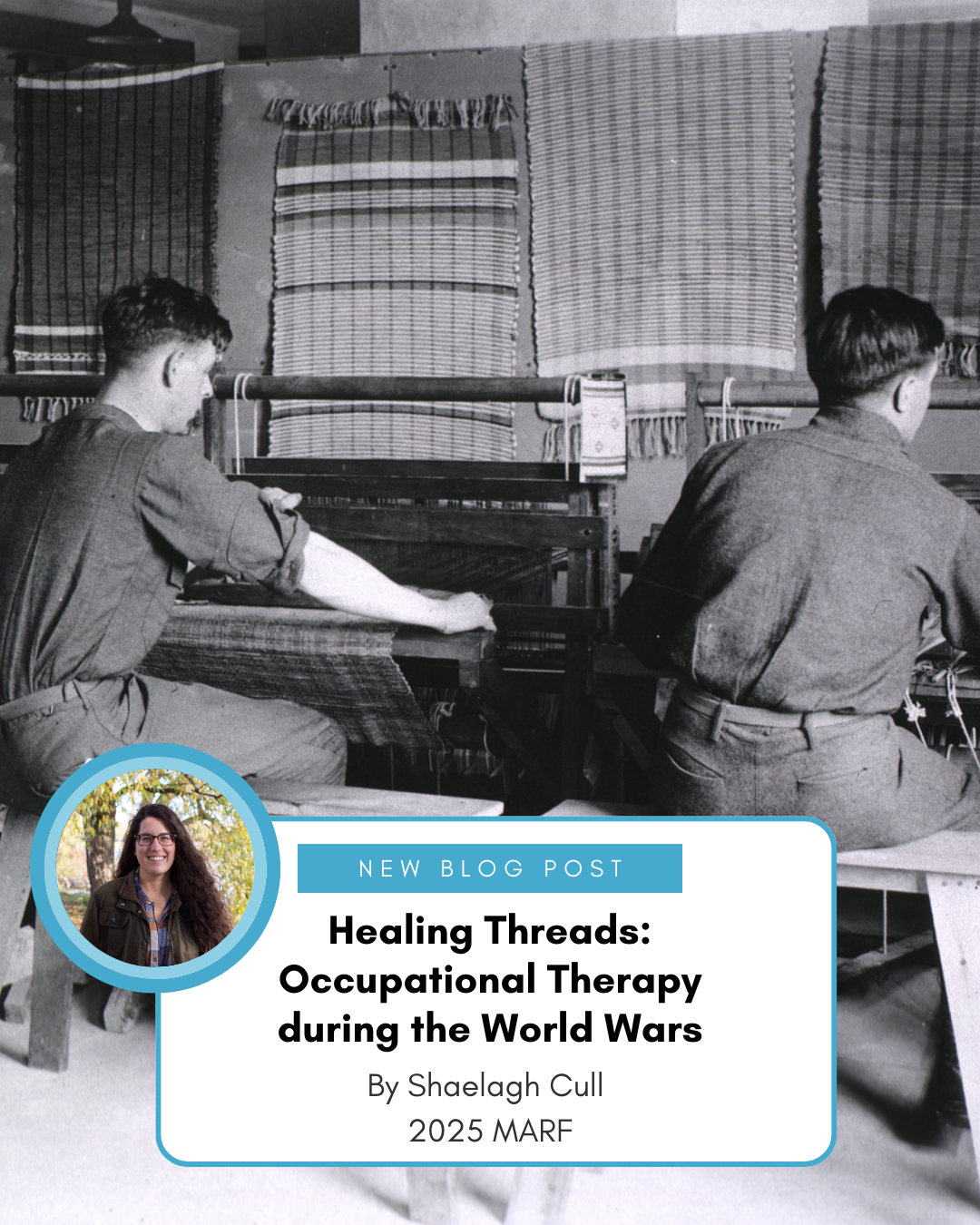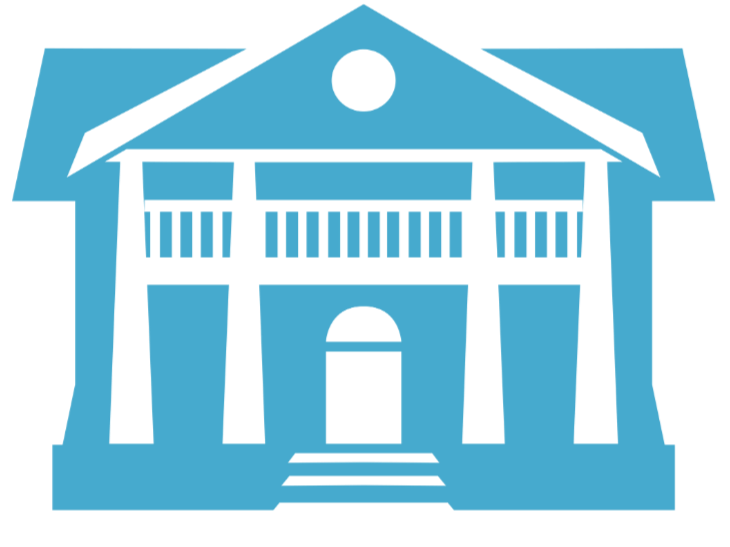MUSEUM BLOG

Healing Threads: Occupational Therapy during the World Wars
Although work, art, and craft were present in health care spaces at the turn of the twentieth century, occupational therapy as a distinct medical field largely formed in response to World War I (1914–1918).

The Early Years of Occupational Therapy in Kingston
The adoption of a therapeutic approach at the Kingston Asylum [had] proved a great success in the treatment of ‘chronic mental disease’ – using occupations in the form of work and craft to compliment routine treatment. This laid the groundwork for a new medical profession in Canada: occupational therapy.

What Role Can Medical Museums Play in 2SLGBTQI+ Communities?
As Dr. Ashley Waddington noted in her interview with us here, gender diversity and its expression cannot be limited to the medical practices we’ve come to group under gender affirming health care today. Historically, transgender, Two-Spirit, intersex and gender non-conforming or genderqueer people have existed independently of medical services like surgery or hormonal therapies.


Selling Sex: HRT and Knowledge Transmission in 1940s Ontario
Today, I’ll be showing you a bit more about how HRT became a part of Canadian doctors’ work in the early-to-mid twentieth century.

The Public Life of Hormones: HRT in Ontarian Communities
My project for this summer’s Margaret Angus Research Fellowship will try to unearth some of this history, looking at hormones’ incorporation into physicians’ education, hospitals, and peoples’ daily lives. By investigating the education of physicians at Queen’s medical school, records of their practice and training, news sources like the ones considered here, and 2SLGBTQI+ community records and ephemera, I will be looking into the local history of HRT in Kingston and Ontario more generally.

MARF 2023 Lecture Recording and Manuscript Now Available
Originally recorded on November 19th, 2023, Jessica's Sealey's lecture Monstrous Instruments: The Vaginal Speculum and the Contagious Diseases Acts Repeal Movement is now available for viewing on the Museum of Health Care's YouTube Channel.

"Unfeeling Glass and Steel Telescopes": The Speculum and Pelvic Exam in Repeal Propaganda
The notorious advocate for repeal of the CD Acts, Reverend Robert Eli Hooppell, was known for his vivid descriptions of the speculum examinations at repeal meetings in the North of England, even going so far as to display the instrument itself to shocked crowds of working-class men and women. This practice was considered particularly distasteful by the repeal leader Josephine Butler, who described it as “needlessly and grossly indecent,” repelling “many good men” from their cause

"A Thing in Petticoats" Nurses and the Contagious Diseases Acts of Britain
The “thing in petticoats” the author describes is an unnamed female nurse who attended patients and aided the military physician at the Flora Lane inspection office. Reportedly, as the widow “entered the surgeon’s den, weeping,” the attending nurse (or “thing in petticoats”) told her “not ‘to take it to heart so.’” While it may appear that this particular nurse was being singled out for her cruelty and dismissiveness toward her patients, the article in its entirety presents a surprisingly scathing attack on all the female nurses who participated in the CD Acts medical examinations.

Nineteenth-Century Gynaecology: A History in Objects
the landscape of gynaecology changed dramatically during the nineteenth century. Along with experimentation, research, and increasing knowledge came innovation in techniques and technologies until, for better or worse, the Victorian gynaecologist had a veritable arsenal of tools at their disposal. Drawing primarily from the Museum of Health Care’s collection, this blog post examines some of the medical instruments that helped change the face of gynaecology in the nineteenth century, many of which are still in use in some variation today.

